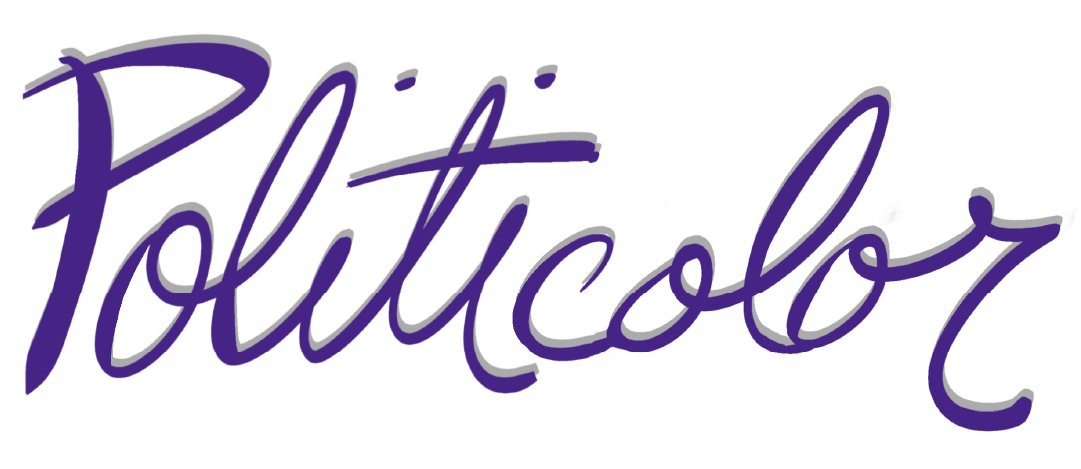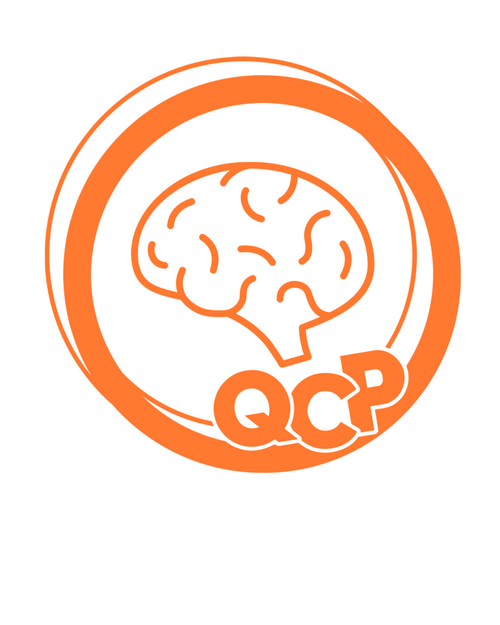My Fellow Citizens,
The data is in: we’re buying the books. You might have even seen the screenshot circulating as a sign of hope.
The top non-fiction titles on the New York Times Bestseller list are all about race and criminal justice. They were written by black authors too. When the New York Times asked Jason Reynolds to reflect on returning to the bestseller list, he admitted to being hopeful but added:
“I hope it’s not a knee-jerk reaction due to shame and guilt and not wanting to be on the outside… I hope people understand that this book is the beginning of a journey of a lifetime.”
This “journey of a lifetime” requires sharing what we’re learning from the voices we’re adding to our libraries. We also have to ask what we were reading before everyone started sharing these anti-racist lists.
Writing for National Public Radio, Juan Vidal picks up the call to “decolonize” our bookshelves in a post titled: “Your Bookshelf May Be Part of the Problem.” The proposition is to consider the homogenous nature of our personal libraries. Vidal explains the problem with our bookshelves this way:
“Reading broadly and with intention is how we counter dehumanization and demand visibility, effectively bridging the gap between what we read and how we might live in a more just and equitable society.”
Our reading lists and our social feeds need this kind of deliberate attention. We have to consider the voices that we have excluded, even when looking at the bookshelves appearing behind us in Zoom meetings.
In Dave Chapelle’s recent set, “8:46,” he said, “the streets are talking for themselves.” These videos will bring those voices to you: “The Signs Protesters Carry” (Rolling Stone), and “In Georgia, This is Why We Protest” (Washington Post).
As we use this note to make room for other voices, consider this passage from W. E. B. DuBois’s Credo. He published this list in October 1904, on the anniversary of his son’s death. He wrote seven statements that start with the words “I believe.”
They add up to a philosophy for racial equality. One of those statements, from 1904, reads:
“I believe in Liberty for all men; the space to stretch their arms and their souls; the right to breathe and the right to vote, the freedom to choose their friends, enjoy the sunshine and ride on the railroads, uncursed by color; thinking, dreaming, working as they will in a kingdom of God and love.”
In recent days, I have learned volumes through the work of Michael Harriot, a Senior Writer at TheRoot.com.
I’ve shared a number of the deep historical dives Harriot makes available through long threads on Twitter. I especially appreciate this thread that aims to undo the “whitewashed” history of the Civil Rights Movement. There’s also this thread complete with data visualizations of longstanding and well-known racial disparities across the institutions of American life.
If nothing else, make time for this episode of The Clapback, a web series Harriot started in May. Titled “Defund White Supremacy,” he shows how the policies promoted under the banner of “Defund the Police” align with the suggestions of government studies over the last one-hundred years.
With Harriot’s help, we can see beyond the quick criticism that these ideas are radical and impossible.
There’s humor. There’s NSFW language. There’s so much to see through Harriot’s experience and the context he brings to the debate.
At the 12-minute mark, he takes up the task of explaining the difference between racism and white supremacy. Recalling a comedy sketch from the Nineties, Harriot uses the phrase “you might be a white supremacist if…” throughout the segment. It works.
Look at your bookshelves. Look at your news. Let’s make sure we’re stretching our arms and our souls with all the thinking, dreaming, and work of a political life we want to share.
Let’s keep thinking and dreaming about this political life,
Shellee
Questions of Civic Proportions
“Unless one lives and loves in the trenches, it is difficult to remember that the war against dehumanization is ceaseless.”
—Audre Lorde, Writer and Civil Rights Activist
Does Black Lives Matter mean we have to defund the police?
While some activists continued promoting awareness for Black Lives Matter with street murals, the conversation shifted to policy in several cities across the country. Activists disappointed with Mayor Murial Bowser’s policies in D.C. extended the street mural there to include “Black Lives Matter = Defund the Police.”
Some political observers have spent their time debating the persuasive value of that additional phrase while city councils across the country have started talking about passing reform. Vox focuses on the statistics and why Minneapolis might be the first city to disband its police force in response to recent protests, and CityLab has a map of all the cities considering similar reforms. And Bloomberg has a great video that tells the story of Camden, New Jersey. They disbanded their police force in 2013. They’re still standing but activists there say the results aren’t perfect.
What can Georgia tell us about what to expect in November?
Some residents stood in line for five hours to vote in the Georgia primary. There are a lot of explanations, and FiveThirtyEight has a good rundown of all the blame that’s being thrown around and the eventual results. Objects of blame include new machines, a vendor who may not have been up to the task, and poll workers who weren’t able to receive the necessary training.
COVID-19 precautions and shutdowns factor in too, but there’s room to believe that many of the problems were avoidable. Many voters who had requested absentee ballots never received them. Those voters then had to find their place in line at the overwhelmed polling places too. Absentee voting offers a safer option that also makes understaffed polling places easier to manage. States should be planning now to accommodate record turnout and record participation by absentee ballots.
At The New Yorker, Charles Bethea has a collection of individual voter stories under the headline, “Georgia Betrays its Voters Again,” and PBS NewsHour looks at events in Georgia as a “moment of reckoning. “ for election officials” there and across the country.
How can a cosmic perspective help us see potential at this moment instead of peril?
Astrophysicist Neil deGrasse Tyson stepped away from his usual cosmic concerns to write an unusual post, “Reflections on the Color of My Skin.” He has a good amount of fun suggesting that the police might have a vendetta against physicists and then offers his own policy proposals.
At the end of the list is this:
To that end, there’s a great passage in Patrisse Khan-Cullors and asha bandele’s book When They Call You a Terrorist: A Black Lives Matters Memoir.
After the 2016 election, asha reached out to Patrisse with the words of Neil deGrasse Tyson. She used his suggestion that we are all literally made of stardust as a reason for hope.
Patrisse explains how she knew that the astrophysicist had seen the truth:
people who survived the hulls of slave ships, survived the chains, the
whips, the months laying in their own shit and piss. The human
beings legislated as not human beings who watched their names, their
languages, their Goddesses and Gods, the arc of their dances and
beats of their songs, the majesty of their dreams, their very families
snatched up and stolen, disassembled and discarded, and despite this
built language and honored God and created movement and upheld
love. What could they be but stardust, these people who refused to
die, who refused to accept the idea that their lives did not matter, that
their children’s lives did not matter?”
Good Work: Alexandra Bell Rewrites Racist Headlines
See more of Alexandra Bell’s work in this interview with New Yorker Magazine. You’ll hear the artist reflect on the importance of her work too.
In a story about Michael Brown, she has shifted the layout to focus on Brown’s graduation picture. Bell says, “Now you know he’s a kid, right?” She believes we would all be calling him a kid if it weren’t for the color of his skin and the unnecessary details that made their way into the story. She initially took issue with a page layout that suggested this 18-year-old and a professional Law Enforcement Officer were on equal footing.
The presentation of the story made it look like they had a shared responsibility for what happened. Bell explains that shifting the focus to Brown’s graduation picture changed the way she saw the text.
In another story, she inserted “White-American” into the headline so we could categorize the story “in a way that other races get categorized.” She sees her work as a restorative act. Alexandra Bell’s art helps us all see the racism embedded in our everyday:

